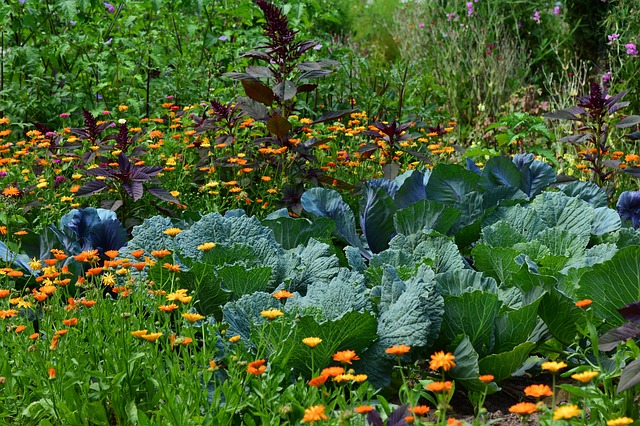Hugelkultur ant problems
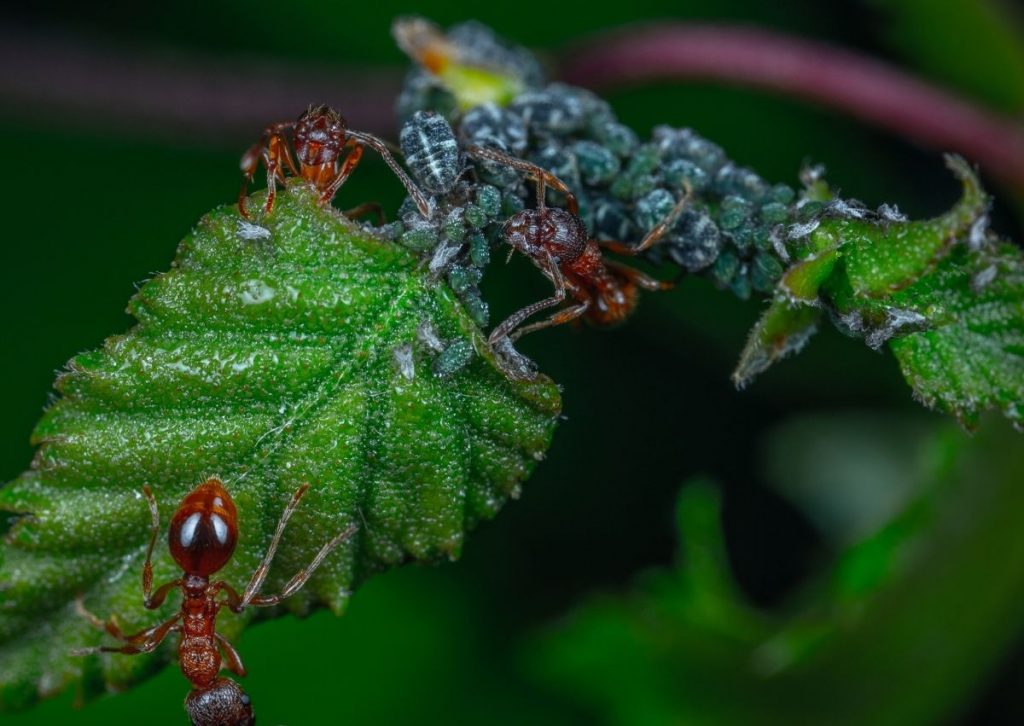
Can hugelkultur beds attract ants and should you worry?
In general, ants will not set up a nest in a well-established hugelkultur bed as they prefer a drier and more compact environment than the conditions should be in an aged hugelkultur bed.
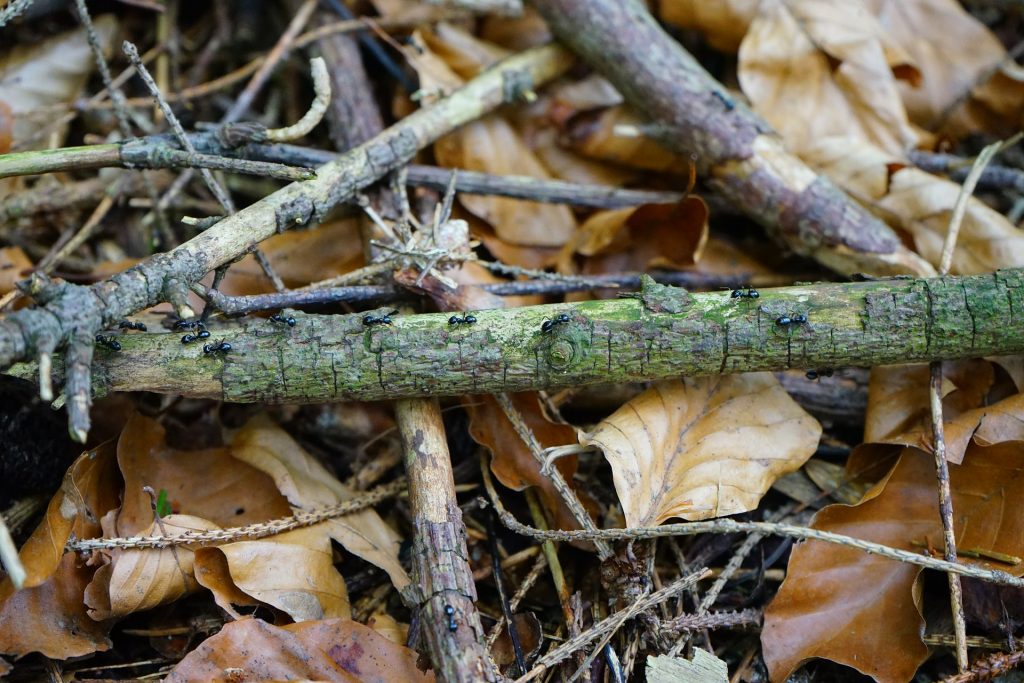
The Why will often give the How
Before asking “How” it’s often more useful to begin with “Why”.
So, instead of asking “how to get rid of the ants“, ask instead “why are there ants here?” If you still feel you need to take action to get rid of the ants, the how-to will often be very obvious, like a lot of things in your garden.
What draws ants to your hugelkultur bed?
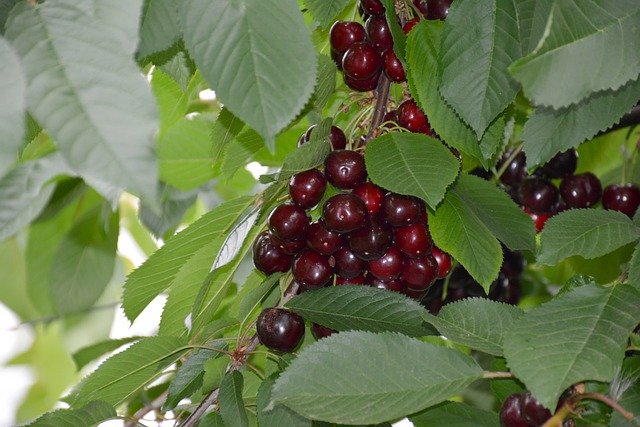
moyna479 / Pixabay
Observation is the key. Spend some time in your garden and study the ants and see where they come from, and what they are looking for.
The main reasons for them to be in or near your hugelkultur bed are:
- looking for food
- they have set up a colony
If you observe or know that a particular species of ants actually can do harm, then do make sure they will not find what they are looking for.
Parts of our garden area border to a playground, where there is a lot of sand. It would make no sense in trying to get rid of them in that area. If they are removed then our soil would suffer. Later on, when the soil near that playground has improved with more organic worms will become dominant and the ant population will decrease.
Food for ants in a hugel bed
In an established hugelkultur bed, the soil should not be hard or compact soil. A fresh hugelkultur bed, and in the vicinity of it, may often be an ideal situation for ants because the soil might be compact, and also one does add food that ants can eat in a new hugelkultur bed. This can initially be an ideal environment for a new ant nest.
As the hugelkultur bed starts to break down over the seasons, the soil in and near the bed will improve. The better the soil is the worse it will be for most ants. They can’t build their tunnels safe and efficiently in soft, damp conditions. They might still find food near and in the bed, but their presence should diminish over time.
If ants do start to get food from a hugelkultur bed and spreads in the areas close by then they most likely will just do you a favor, by bringing the nutrients to plants further away.
You might also consider how the hugelkultur bed is created.
If the climate is dry or very dry then I suggest you make a sunken hugelkultur bed instead of a mound.
Direct composting or the use of semi-composted soil in your hugelkultur bed, might attract ants. I would suggest you make sure it’s well covered and perhaps dig the food scraps etc deeper into the hugelkultur bed.
Ant colony in or near a hugel mound
I have found an ant nest in one of my first season hugel mounds in the worst possible way, by digging with my bare fingers and lifting it out, totally unaware of what I had in my hand before the ball of dirt suddenly exploded with ants.. There is no proof that I screamed like a little girl at that time… I hope.
If the hugelkultur bed is a few seasons old, and you don’t live in a very dry area, then ant colonies shouldn’t really be an issue. As the hugelkultur bed matures any ants should naturally re-locate as ants prefer dry conditions, but hugelkultur beds should be fairly moist below the surface.
Should there still be ant colonies in or near a hugelkultur bed then my recommendation would be to chase them away with humidity. I would never recommend anyone use chemicals as you would then get chemicals in your precious hugelkultur soil.
There are a couple of ant species that receive more attention and worry than most other species.
Carpenter ants and fire ants
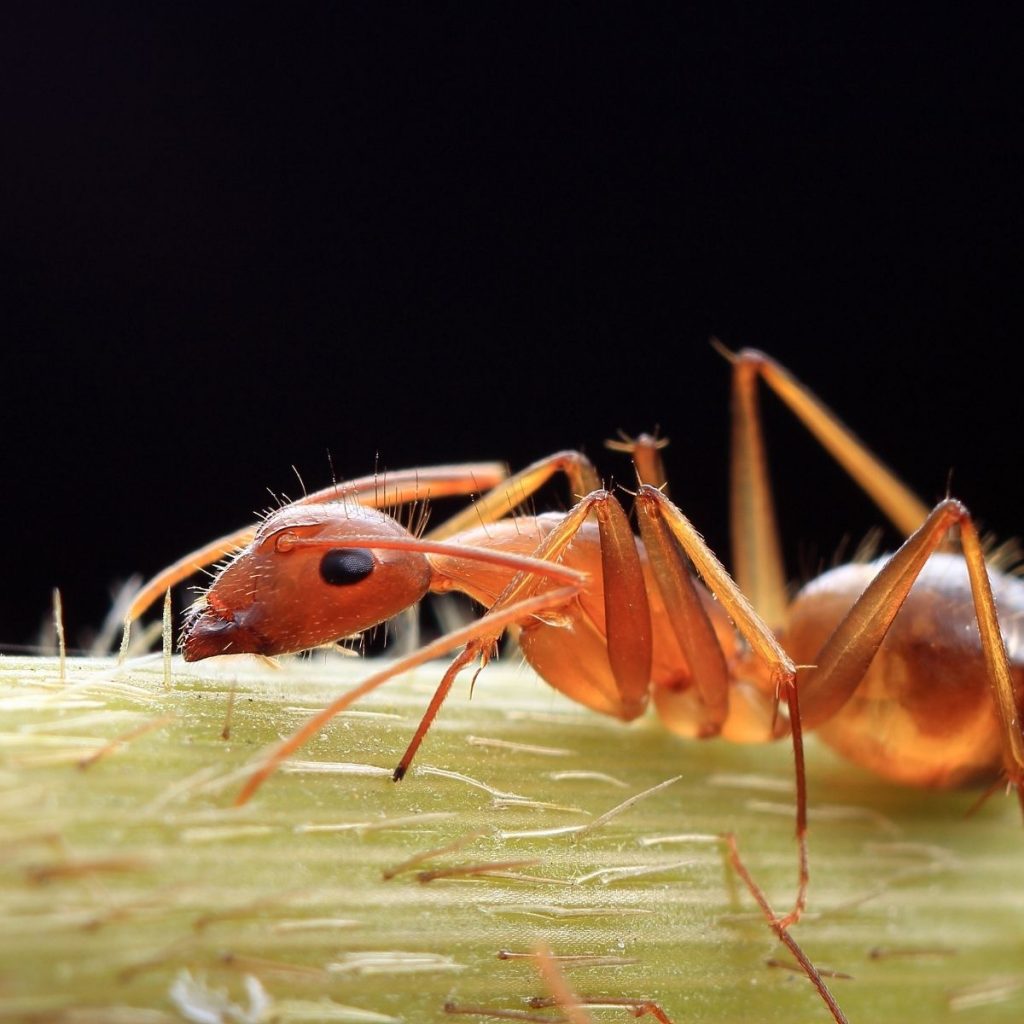
Carpenter ants can cause people to worry that they might spread to their house from a hugelkultur system. They do build nests inside dead, wet wood. They shouldn’t attack the timber in your house. If Carpenter ants attack the timber of your house then that is a sign that you have an issue with rotten, wet timber in your house. and that is actually your main concern. In such a scenario the infestation is the indicator that identifies the problem.
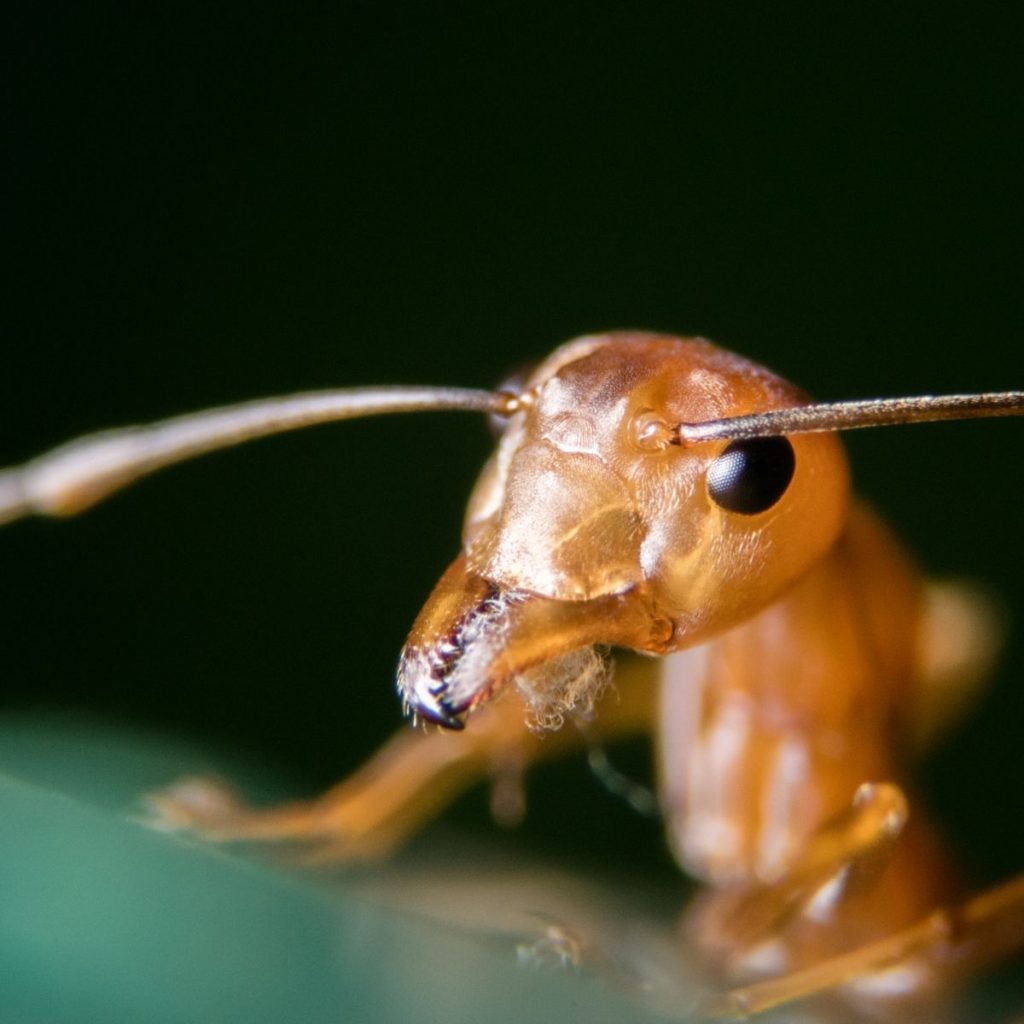
Fire ants are a totally different beast. They build their nests in the soil near wet or moist habitats, so they might make a nest nearby a hugelkultur bed.
If it’s in your garden, get rid of them as soon and as safe as possible! Only had one encounter with them and I hate them for the rest of my life.
One bite from them made it perfectly clear to me how they got their name. The pain was really bad and it lingered for a week.
If they don’t live in your region, be glad.
Geographic Distribution of Fire Ants
You might want to leave the ants alone
As with most things in nature, ants play many roles that benefits the local ecosystem.
Ants that build tunnels help loosen up the soil and bring air down to roots, nutrients are spread out and furthermore, they feed on dead insects and thereby function as a scavenger. The nutrients from the meat they consume are thereby utilized and distributed to your soil, enriching it.
Quite a few species of ants are predators who keeps harmful insects in check and even serve as pollinators for some flowers.
Ants also serve as food for birds and insects.
They are can also be eaten as a snack by humans.
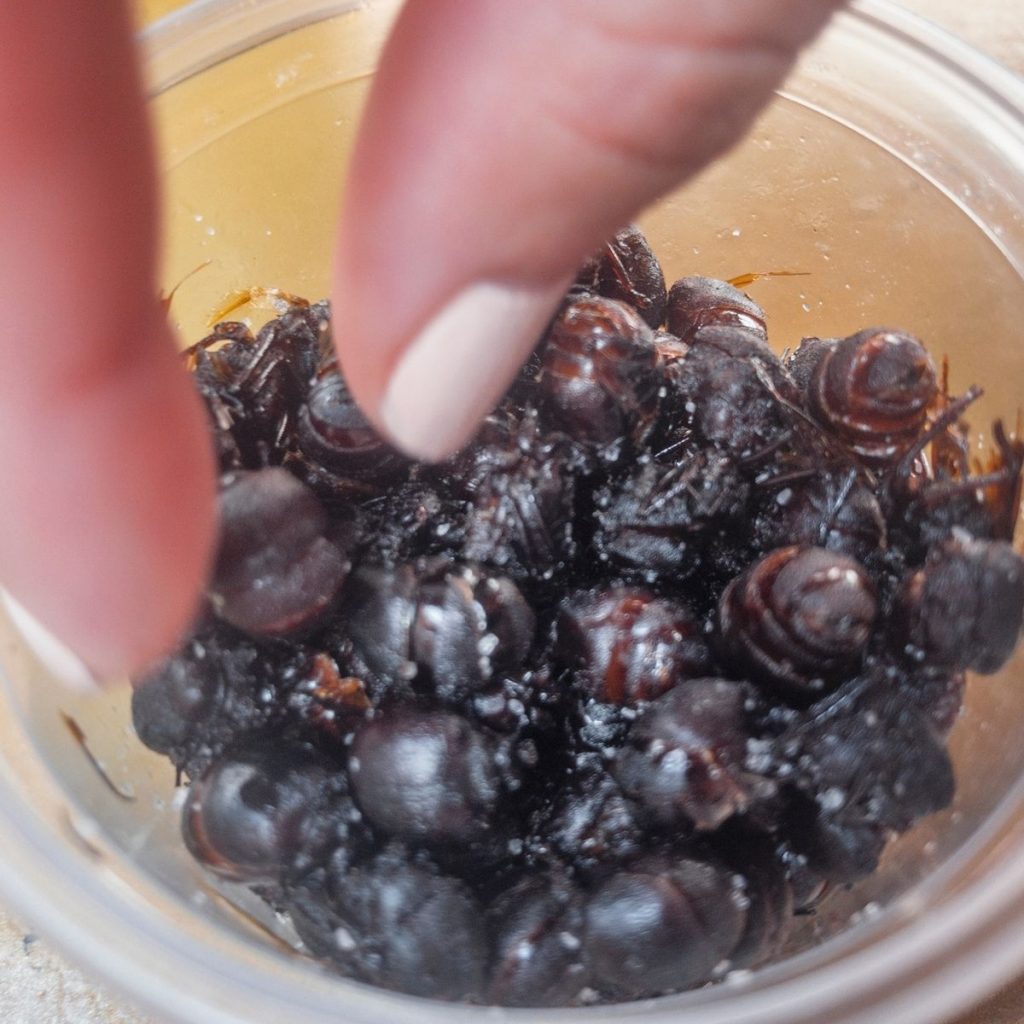
fried and salted ants
Ants as an indicator species
Ants can be an indicator species, that can give hints that you might have a buildup of aphids, mealybugs, or other insects that are harmful to your plants.
Over to you
Now you know what ants can do good or bad to your hugelkultur bed. So you decide what to do. Get rid of them, or leave them in peace and be a natural and useful part of your hugelkultur bed.
Ready to Branch Out? Discover the Magic of Bare Root Plants!
If you’ve been grappling with ant issues in your hugelkultur beds, chances are you’re on the lookout for fresh, innovative gardening techniques. Well, we’ve got just the thing for you! Dive into our Ultimate Guide to Bare Root Plants to explore a whole new world of gardening possibilities. Learn how to propagate, transplant, and care for bare root plants, and who knows—you might just find your next green thumb adventure!

